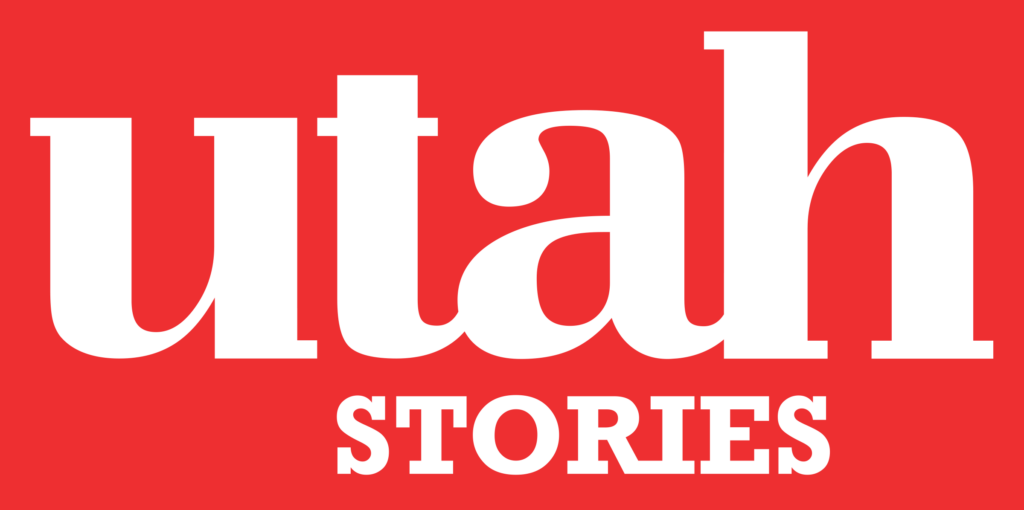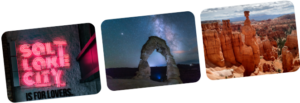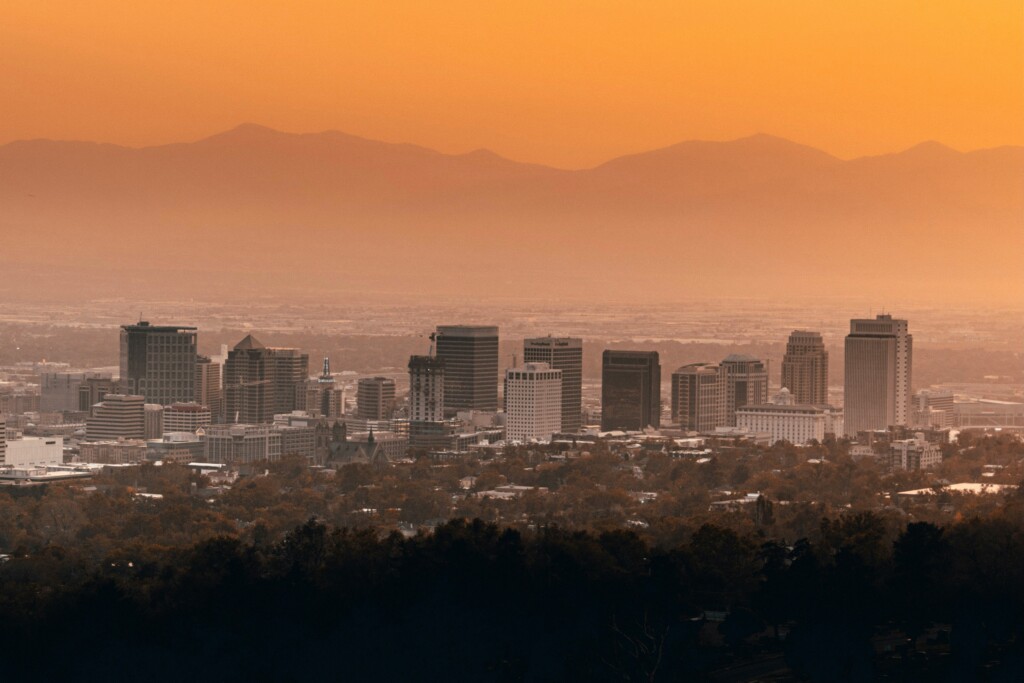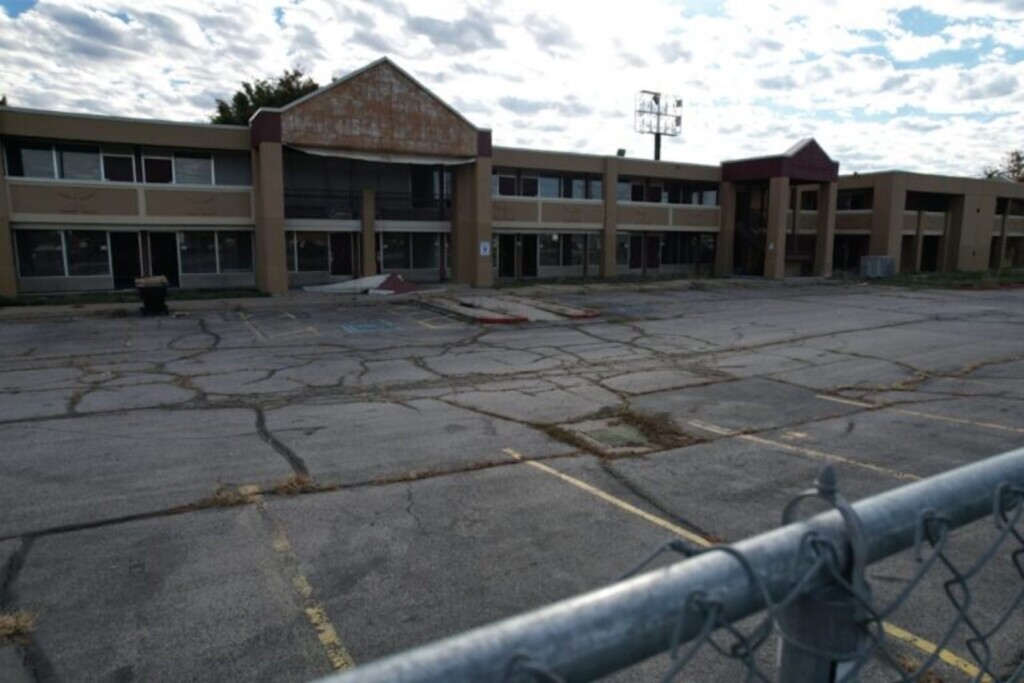Temporary Shelter with 50 Pod Units
Salt Lake City will be opening a “non-congregate” temporary shelter with 50 pod units at 300 South and 600 West. Salt Lake City Mayor Erin Mendenhall made this announcement with Salt Lake City State Homeless Coordinator Wayne Niederhauser on the site where they plan to offer pod-like units. Apparently each unit will be something like a portable tiny home with four walls, a roof and heating and cooling units.
The shelter site has been approved as a “temporary land use” by the Salt Lake City Council. This passage and the selection of the site were kept under wraps, until the press conference on September 14th, so that actions could be made quickly without public opposition.
$500,000 has been approved for the new temporary shelter which is expected to open at the beginning of November and to then close at the beginning of April, at which time the pods will be moved to a more permanent site.
It appears that this is a stop-gap measure to create more facilities for the homeless until the state secures a more permanent site, which they have been talking about doing for the past two years. Many unsheltered Utah Stories has spoken to would like a place where their belongings can remain secure so they can go to jobs or go to the bathroom without risk of their things being stolen. With this site providing just 50 units, one recently-homeless senior believes this measure will be far from adequate.
A homeless man who goes by “The First Cowboy” — Donald Voigt points out that there are “7,500 homeless people” many of which are seniors and disabled who are unable to get to the facilities that provide meals and healthcare due to the constant abatements under the Mayor’s orders.
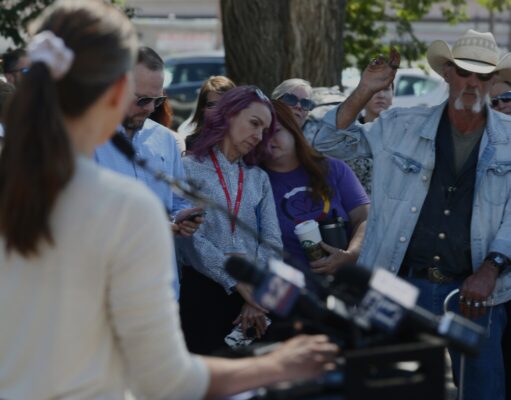
Voigt added that 50 beds to serve 7,500 homeless Utahns will be insufficient. Voigt was once an employee for the Travelers Aid Society which later became the Road Home. Voigt, a 67-year-old senior and veteran said that last month he was priced out of his apartment when his landlord raised his rent by $150. He was told that he needed to pack his belongings and leave. Voigt is upset with how some of the “bad apples” within the SLCPD are treating him and others.
Mayor Mendenhall retorted, “There are many more beds now than there were in 1983…I realize it’s not nearly enough.” Mayor Mendenhall then pointed out that 650 temporary overflow beds will become available as the winter approaches. These overflow shelters will be located in Millcreek and West Valley Cities.
At the press conference the Mayor stood alongside the Homeless Coordinator along with District One Rose Park City Council Member Victoria Petro who said, “This is a moment to celebrate success, but please don’t confuse celebrating success with resting on laurels.”
The Utah Office of Homeless Services released their annual report at the end of June. This report found 8,637 people experienced homelessness for the first time in Utah in 2022. This is an increase in 821 individuals compared to 2021. This is by far the greatest number of homeless individuals Utah has had. The policy to “abate” the homeless unsheltered population, which means to— raid and destroy all of their belongings with little to no notice— continues since former Mayor Jackie Biskupski along with the Utah State Legislature imposed “Operation Rio Grande” in 2016. Mayor Mendenhall did not directly address Voigt’s concerns about how her ongoing policy fails to address the needs of homeless, disabled seniors, moving them farther away from the areas where they are able to receive services such as meals and healthcare.
Utah Stories later spoke to the First Cowboy Donald Voigt to gather more details. That story will be posted on Wednesday.
Featured Image Photo Credit: Robin Pendergrast
